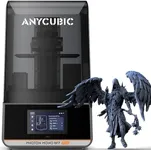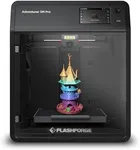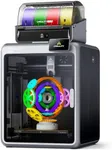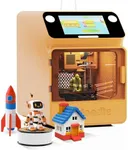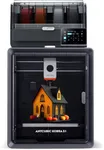Best 3D Printers
From leading brands and best sellers available on the web.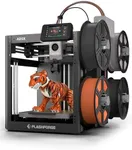
FLASHFORGE
FLASHFORGE AD5X Multi-Color 3D Printer, CoreXY 600mm/s High-Speed, 1-Click Auto Leveling, 300°C Direct Drive Extruder, 220x220x220mm Build Volume, Ideal for Precision and Efficiency
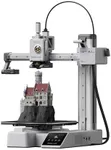
BAMBULAB
50%OFF
Bambu Lab A1 Mini 3D Printer, Support Multi-Color 3D Printing, Set Up in 20 Mins, High Speed & Precision, Full-Auto Calibration & Active Flow Rate Compensation, ≤48 dB Quiet FDM 3D Printers
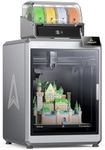
Creality
Creality K2 Plus Combo 3D Printer, Multicolor Printing with 16 Colors, 600mm/s High-Speed Printing, Dual AI Cameras for Monitoring, Full-Auto Leveling, Large Build Volume 350×350×350mm
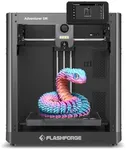
FLASHFORGE
19%OFF
FLASHFORGE Adventurer 5M 3D Printer with Fully Auto Leveling, Max 600mm/s High Speed Printing, 280°C Direct Extruder with 3S Detachable Nozzle, CoreXY All Metal Structure, Print Size 220x220x220mm
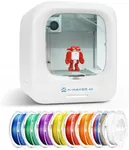
AOSEED
AOSEED 3D Printer for Kids, Beginner 3D Printer with 8 PLA Filament Set, Huge Toy Library & Modify, Wi-Fi & App Control, Create STEM Toys, High Precision, W/ 15+ Mini 3D Design Module, X-Maker Joy
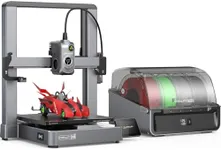
Creality
20%OFF
Creality Hi Combo (A) 3D Printer, Multi Color 3D Printer with CFS, 500mm/s High Speed Auto-Leveling Automatic Filament Reading Clog-Free Extruder 95% Pre-Assemble All-Metal Body 10.24×10.24×11.81inch
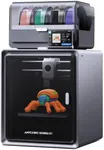
ANYCUBIC
Anycubic Multicolor 3D Printer, Kobra S1 Combo Core XY Stable Structure with Sealed Printing High Precision 600mm/s Fast Speed Auto Calibration Ideal for Precision and Efficiency 9.8"x9.8"x9.8"
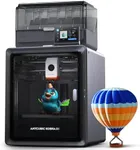
ANYCUBIC
Anycubic Kobra S1 Combo Multicolor 3D Printer with Anycubic ACE PRO, 4 Multicolor, Drying and Printing at the Same Time, 600mm/s Fast Speed with 320℃ Hotend, Built-in Camera 44dB Quiet 250*250*250mm
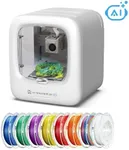
AOSEED
AOSEED AI-Powered 3D Printer for Kids, 3D Printer with 8 PLA Filament Set, AI Design App, Huge Toy Library, Up to 400mm/s Faster Speed, W/ 16+ Mini 3D Design Module, App Control, X-Maker Joy AI+
Our technology thoroughly searches through the online shopping world, reviewing hundreds of sites. We then process and analyze this information, updating in real-time to bring you the latest top-rated products. This way, you always get the best and most current options available.

Most Popular Categories Right Now
